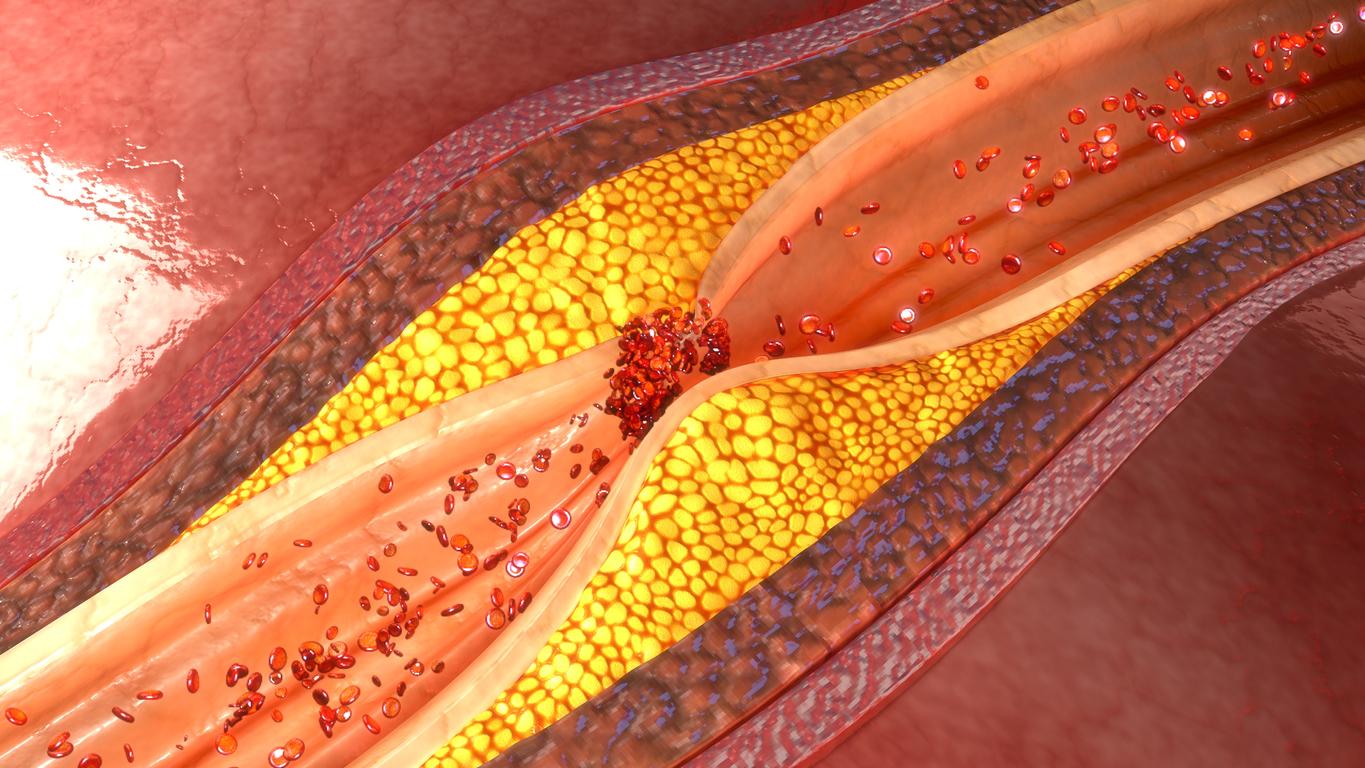For patients who suffer from non-permanent atrial fibrillation, a possible treatment consists of the ablation of the arrhythmogenic areas of the atrium by endovascular techniques.

The treatment of atrial fibrillation aims to normalize the heart rhythm. This disease results in fact in abnormal excitations of the walls of the atria in the heart which cause the blood to stagnate, which causes the formation of clots – in particular in a small cavity called the auricle – which can be responsible for serious cardiovascular complications, stroke or embolisms. These abnormal excitations of the heart are due to the presence of arrhythmogenic foci, areas located at the level of the atria and which are involved in triggering atrial fibrillation.
Ablation of arrhythmogenic foci
One of the possible treatments for this disease therefore consists in intervening in these areas to achieve the ablation of the arrhythmogenic foci, ablation which can be done by endovascular or surgical methods, or even hybrids when the two methods are used. “The indications depend on the severity of the atrial fibrillation and the duration that the patients have spent in atrial fibrillation”, explains Doctor Françoise Hidden-Lucet, at Pitié-Salpêtrière, in Paris.
Endovascular techniques consist of passing through the vessels to reach the atrium where the areas to be treated are located. These interventions can be done either cold, this is called cryoablation, or using radiofrequencies, like a sort of electrical scalpel attached to the end of a probe inside the heart.
The success rate of endovascular interventions is 80%
Patients who have had atrial fibrillation called paroxysmal, that is to say which comes and goes, which stops on its own or with treatments, and in whom the left atrium is not too dilated, are mostly good candidates for this type of endovascular ablation, especially if they have not spent years with episodes of atrial fibrillation. “We reserve heavier surgeries for patients who have had permanent atrial fibrillation for several years,” explains Françoise Hidden-Lucet.
The success rate of these endovascular interventions in so-called healthy heart patients (those who have not spent years with atrial fibrillation) is around 80%. “The longer we advance in duration of atrial fibrillation, the longer and more frequent the episodes, the lower the success rate and we arrive at rates of 60 to 70%, even sometimes less, for endovascular ablation and that is that’s why we’re going to end up offering these patients the option of moving on to the surgical or hybrid stage”, adds Françoise Hidden-Lucet.

.















